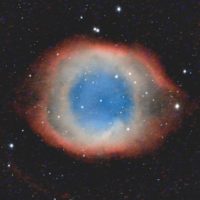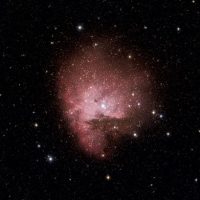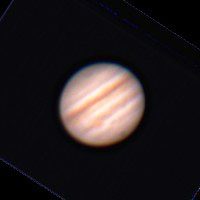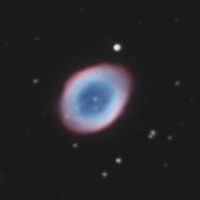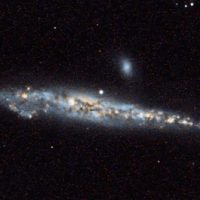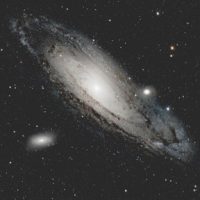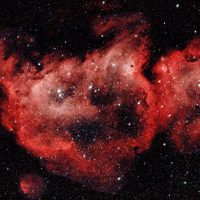
This is the Heart Nebula (IC1805) It’s about 7,500 light years away from us and has a visual magnitude of +6.5. The Heart Nebula is located near the constellation Cassiopeia. It’s pretty hard to see this massive nebula through a telescope, but you can easily see the cluster of bright stars in its center. These […]
Island Features | Full Article


